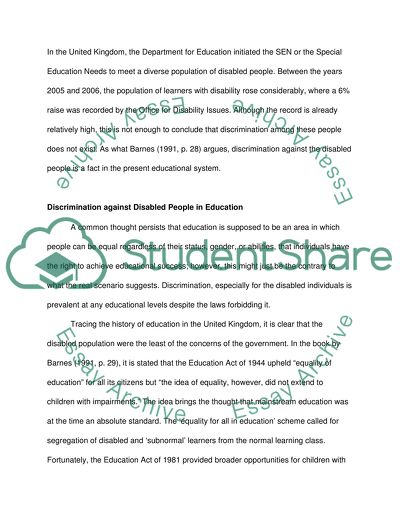Cite this document
(“Analysis of how & why I formed my view about one issue to do with Essay”, n.d.)
Retrieved from https://studentshare.org/environmental-studies/1409190-analysis-of-how-why-i-formed-my-view-about-one
Retrieved from https://studentshare.org/environmental-studies/1409190-analysis-of-how-why-i-formed-my-view-about-one
(Analysis of How & Why I Formed My View about One Issue to Do With Essay)
https://studentshare.org/environmental-studies/1409190-analysis-of-how-why-i-formed-my-view-about-one.
https://studentshare.org/environmental-studies/1409190-analysis-of-how-why-i-formed-my-view-about-one.
“Analysis of How & Why I Formed My View about One Issue to Do With Essay”, n.d. https://studentshare.org/environmental-studies/1409190-analysis-of-how-why-i-formed-my-view-about-one.


